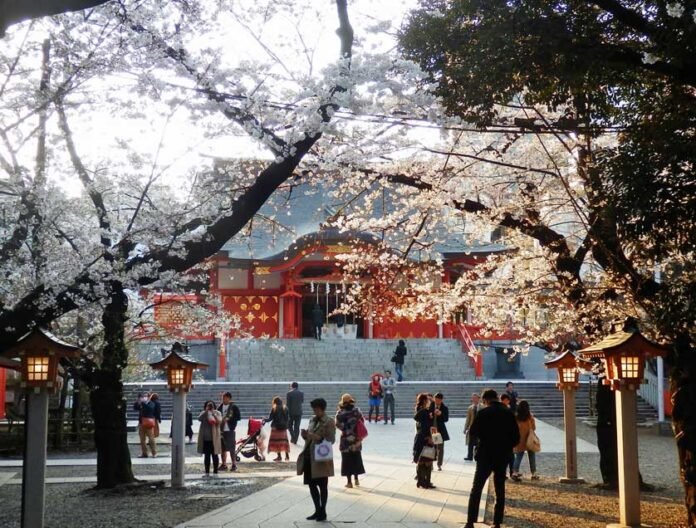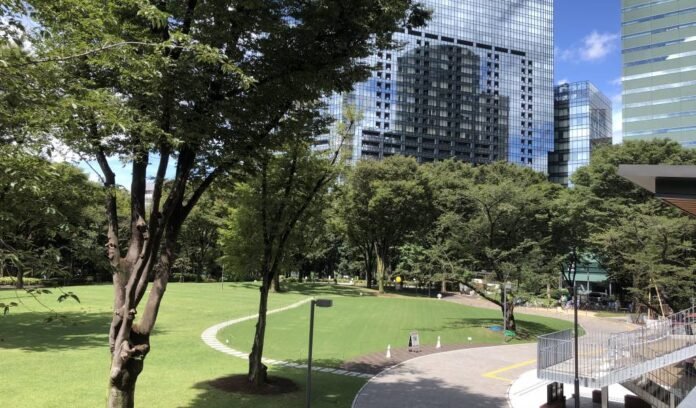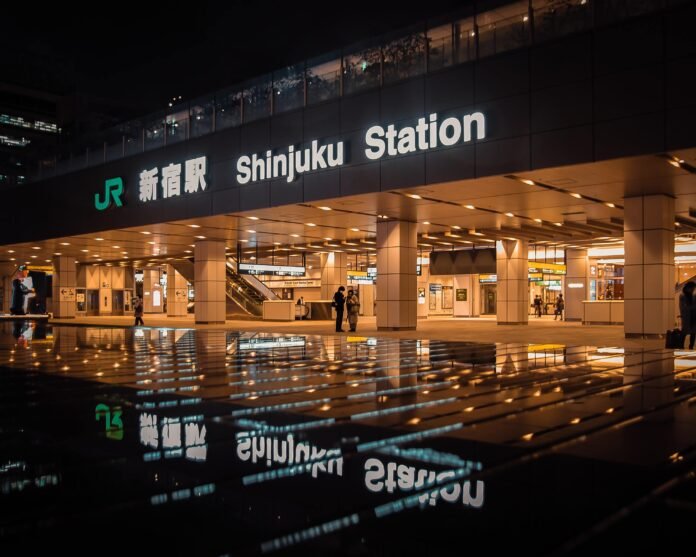Whether you’re landing at Narita International Airport for the first time or you’re a seasoned traveler, one thing is certain: getting from Narita to Shinjuku, Tokyo’s vibrant entertainment and business hub, is a journey you won’t forget. The 60-kilometer journey from Narita to Shinjuku can feel daunting, but fear not. This guide will walk you through the best ways to make the trip, offering you a seamless, stress-free transition from the airport to one of Tokyo’s most exciting districts.
Taking the Train: The Convenient Option
The most popular way to get from Narita to Shinjuku is by taking the JR Narita Express (N’EX). The train is known for being fast, comfortable, and easy to navigate for first-time visitors. The N’EX provides direct access to major stations in Tokyo, including Shinjuku.
- Travel Time: Approximately 1 hour and 15 minutes
- Cost: Around 3,250 yen for a one-way ticket (reserved seat)
- Departure Frequency: Every 30 to 60 minutes
The Narita Express offers direct service to Shinjuku Station, making it a convenient choice if you want to avoid transferring. It’s fully equipped with comfortable seating, free Wi-Fi, and luggage storage areas, so you can relax and enjoy the ride. Plus, it’s equipped with announcements in English, so even if you’re unfamiliar with Japanese, you’ll have no trouble understanding where you are.
Keisei Skyliner: Fast and Comfortable
If you’re looking for an even faster option, the Keisei Skyliner might be your best bet. This high-speed train service operates from Narita Airport to Ueno Station, but it also connects to the JR lines for easy transfers to Shinjuku. The Skyliner is slightly faster than the Narita Express, but it requires a transfer at Ueno or Nippori stations.
- Travel Time: Approximately 41 minutes to Ueno, then about 15 minutes by JR train to Shinjuku
- Cost: Around 2,470 yen for a one-way ticket
- Departure Frequency: Every 20 to 40 minutes
Though you’ll need to make a transfer, the overall time is still relatively short, and you’ll get to experience the comfort of the Skyliner. The train offers roomy seats, free Wi-Fi, and large windows perfect for taking in the countryside views as you speed through the Japanese landscape.
Airport Limousine Bus: Direct but Slower
For those who prefer not to deal with train transfers, the Airport Limousine Bus offers a direct route to Shinjuku. While it’s a little slower than the train options, it has the advantage of delivering you right to various hotels and destinations in Shinjuku without any hassle.
- Travel Time: Approximately 1.5 to 2 hours, depending on traffic
- Cost: Around 3,100 yen for a one-way ticket
- Departure Frequency: Every 15-30 minutes
The Limousine Bus is an excellent choice if you have a lot of luggage or prefer a more relaxed, scenic route. It’s also a good option if you are staying in a hotel in the Shinjuku area, as some buses make stops at major hotels. However, keep in mind that the trip can be subject to Tokyo’s notorious traffic, which can sometimes add extra time to your journey.
Taxi: A Comfortable but Expensive Option
If you’re traveling with a large group or a lot of luggage, a taxi could be a convenient choice, though it’s certainly the most expensive. Taking a taxi from Narita to Shinjuku provides the convenience of door-to-door service, but at a cost.
- Travel Time: Approximately 1.5 to 2 hours
- Cost: Around 20,000 to 25,000 yen
- Availability: Available 24/7
While taxis offer comfort and flexibility, they are best suited for those who don’t mind the higher price for the sake of convenience. It’s worth noting that this option can be significantly more expensive compared to the train or bus, so it’s a good idea to consider your budget before opting for a taxi.
Renting a Car: A Personal Journey
For those looking to explore Tokyo and beyond at their own pace, renting a car could be a great way to travel from Narita to Shinjuku. However, driving in Tokyo can be tricky for those unfamiliar with the city’s road system, traffic rules, and parking constraints.
- Travel Time: Approximately 1.5 to 2 hours
- Cost: Rental prices vary, but expect to pay around 6,000 to 8,000 yen per day, excluding tolls and parking fees.
While it provides freedom and flexibility, driving in Tokyo can be stressful, especially for first-time visitors. It’s also important to note that parking in Shinjuku can be expensive and difficult to find.
Conclusion: The Best Option for Your Journey
Each of these options has its advantages, and the best choice depends on your priorities. If you’re looking for the fastest and most efficient option, the Narita Express or Keisei Skyliner are the way to go. For those who prefer a comfortable, hassle-free experience without transfers, the Limousine Bus is a great alternative. Lastly, taxis and rental cars offer the convenience of door-to-door service but come at a higher price.
Ultimately, whatever mode of transport you choose, the journey from Narita to Shinjuku is a smooth one with plenty of options to suit different needs and budgets. Enjoy your trip to one of Tokyo’s most exciting districts and immerse yourself in all the vibrant sights and sounds that Shinjuku has to offer!




